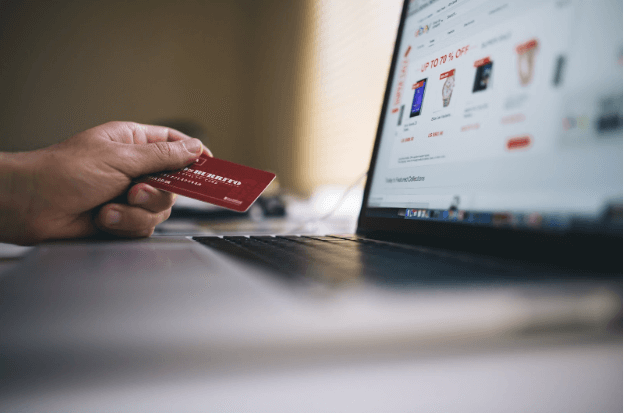Undoubtedly, yes. In a 2018 survey, it was discovered that an average American had $42 in their wallet, this was about $8 less than it was in 2017. Additionally, there’s been an unprecedented increase in the number of contactless transactions made, this is verifiable from the ten-year result of 2007 to 2017; while only 250,000 cashless transactions took place in 2007, the number skyrocketed to 111,000,000 in 2017. The number of bank-owned contactless terminals also increased from 1,200 in 2007 to 506,110 in 2017.
These figures reveal that many more people are beginning to prefer the contactless mode of payment to the ones that involve contact – both with cash and with people, through the use of contactless cards.
What are Contactless Cards?
Contactless cards are tangible cards that form part of the contactless payment system. They have an in-built radio frequency segment; this segment allows automatic processing without swiping over a magnetic stripe reader.
The card functions instead, when it is held close to a Radio Frequency Identification (RFID) signal. Though there have been recent interests in contactless cards and the kind of payment with which they can be made, they are not entirely new in the world of technology and finance.
In 2003, MasterCard established contactless payment; the Chicago Transit system also adopted a contactless mode of transactions in 2011, then followed by its adoption in the London Tube in 2014.
How Do Contactless Cards Work?
Contactless cards work with the Near Field Communication (NFC) technology, each card is built to contain a microchip and an RFID antenna. Interestingly, contactless cards have a dual interface, such that they provide the standard EMV chip in addition to their contactless option. Put differently, contactless cards can be used either way, depending on what is available at a particular time.
Given that contactless cards aren’t capable of transmitting information over long distance, while making payments, you have to maintain a minimum proximity of 3 inches with the reader, then the reader senses the chip on the card, collects information and transmits it to the appropriate network, perhaps Visa or MasterCard – to ensure that the collected data are both correct and in the right format.
This is followed by confirmation on the side of the issuer, which is required to show that the card has enough funds and is not stolen. This same data flows back to the merchant who then approves the payment. This takes less than five seconds to complete. Basically, contactless tech eliminates the need to dip or sign cards.
Are There Limitations?
For security reasons, most card issuers limit the amount of money that can be transferred over contactless terminals. With MasterCard for instance, you cannot use above $100 in a single transaction; once your transactions exceed this limit, you will be required to enter a PIN. This payment method is structured to make things convenient, especially in low-value purchases or minor payments.
Are Contactless Cards Safe?
Contactless cards seem safe, it is considered safer than other payment channels. Some delicate data like zip code are not transmitted, and only a one-time-password (OTP) is needed to identify the transaction.
However, there are still few security challenges that require awareness; skimmers can sometimes, use their own NFC readers to retrieve valuable information from people’s cards, especially in crowded places where thieves can come close without being noticed. This issue can be solved by purchasing an RFID-blocking wallet or by covering your card with aluminum foil.
Most importantly, you need to be alert always. Once you notice any unfamiliar activity from your card or connected account, inform your card issuer for appropriate measures to be taken.
Conclusion
Though it did not receive massive acceptance initially, especially in the American Market, contactless cards and other contactless payment channels are currently conquering on all sides. Many more people – merchants and consumers alike are embracing the technology, and there is no doubt that the trend will continue.
There are about 370 million contactless cards available around the 111 countries that have adopted it. It can only get more prominent than it is, no one enjoys retrogression after all; sooner than expected, we will all need only to wave a card and complete our payments.
 Emily Jacobs is Happiness Ambassador for SpeedCheck.org
Emily Jacobs is Happiness Ambassador for SpeedCheck.org
She loves to write latest technology trends and love to share her knowledge through her articles.




